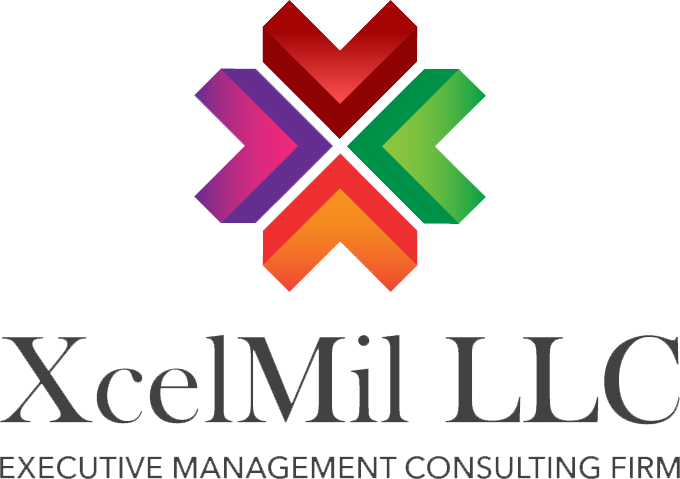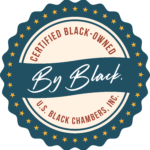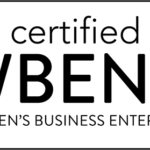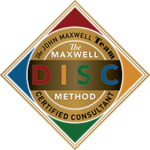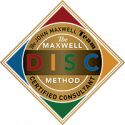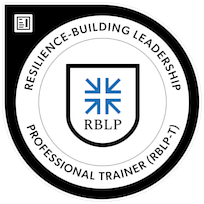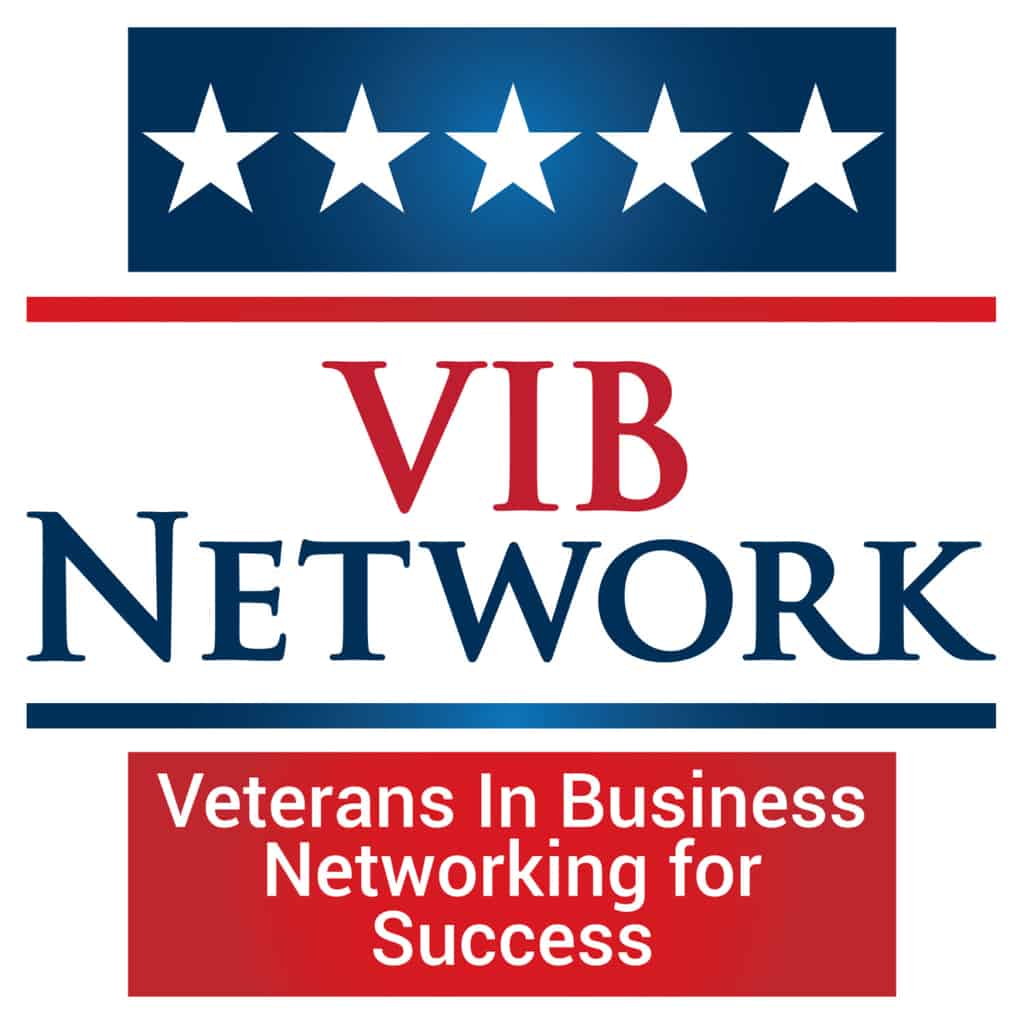Remember the article with a clickbait headline and extremely misleading information? All of us are somehow bound to be a victim of fake news at some point in our lives, especially in the digital age where misinformation is so rampant it’s become difficult to distinguish the truth.
Misinformation is rapidly growing worldwide and is even becoming an industry of its own. Fake news and misleading content generate more emotional engagement from the public, hence why it’s deemed an effective manipulation tactic.
With that being said, how can we elude fake news and misleading content, and how can we rebuild the trust we once had in the information we access?
Read on to learn more about misinformation and how to avoid it.

Understanding Misinformation
The spread of fake news and misinformation is now a crisis, but it’s not new. The age of social media has magnified misinformation to the extent it is now a scheme used worldwide to manipulate the public by using emotional triggers or reinforcing ideological beliefs.
Misinformation can take various forms, including false news stories, attention-grabbing headlines, misattributed quotes from public figures, edited images and videos, and so much more.
The COVID-19 pandemic was also the high tide of misinformation. Remember the social media posts claiming the US government was behind the creation of the virus? How about the posts about home remedies you could do that were guaranteed to cure in less than seven days?

The spread of fake news and misinformation during the COVID-19 pandemic caused even more problems to the public’s mental health and eroded trust in the public health authorities. This is one perfect example of how misinformation can harm the public on a global scale.
The APA (American Psychological Association) reports the public is more likely to believe false and misleading content if they are constantly exposed. “Exposure to misinformation increases the odds that people will believe it, which in turn increases the odds that they will spread it. At the same time, people do not necessarily need to believe misinformation in order to spread it; people may share information they know is false to signal their political affiliation, disparage perceived opponents, or accrue social rewards. Psychological factors contribute significantly to this process: People are more likely to share misinformation when it aligns with personal identity or social norms, when it is novel, and when it elicits strong emotions.”
While the rise of the age of misinformation is uncannily inevitable, we can easily steer clear of them once we know how to identify them.
Here are two common types of misinformation:
Fake News
Everyone certainly encountered fake news, as it’s the most common type of misinformation. Fake news presents itself as a legitimate form of news but is completely fallacious and aims to damage the reputation of a person or entity. Fake news makes money through advertising revenue, which simply means more clicks: more money.
Propaganda
Propaganda is typically inaccurate, biased information used to harm a person, a cause, or an entity. It’s like saying “I heard he’s unqualified” or “I heard she isn’t the best supervisor.” We often see these during an election period. It can also be used to promote a particular ideology and persuade the public to take a specific action.

Claire Wardle, from First Draft News Research Director, also shared a helpful diagram of the 7 types of mis – and disinformation. Check the image below:
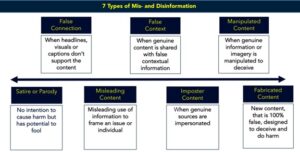
Strategies for Rebuilding Trust
Education and media literacy programs
Starting the list with the most effective countermeasure for misinformation; educating yourself. There are a lot of organizations and websites that aim to educate on media literacy.
One of them is MediaLiteracyNow, which offers comprehensive studies and programs about media literacy.
Media literacy is your silver bullet against fake news and misinformation. It teaches us to use critical thinking skills on not just how to consume information but also what to do about it.
1. Teaching critical thinking skills
If you’re ever skeptical about something you’ve read on the internet, one rule is to just hop on another tab and read from another site, preferably from a site with more credibility. Then, cross-check the information and compare it to multiple sources to verify accuracy. Another thing to consider is the writer’s intent – are they biased? What is the purpose of the content?
2. Promoting fact-checking and source verification
One of the most essential things to not fall for misinformation is to fact-check everything and verify the sources. If the source came from unreliable sources, then you should more than likely ignore it.
Aside from cross-checking from multiple sources, you can also check the website’s authority and the legitimacy of the evidence provided. Ask yourself, do they have a good reputation for delivering factual information? Does the public trust them? Another thing that most people often forget – check the date!
Information may be factual, but is totally outdated.

Strengthening traditional institutions
1. Restoring integrity in journalism
A report from Edelman Trust Barometer 2021 report states 56% of Americans agree with the statement that journalists are purposely misleading people with false, exaggerated content. Even more heartbreaking, 58% believe news outlets are more concerned with supporting an ideology rather than informing the public.
Based on the data presented, it’s safe to say there’s a massive drop in the public’s trust in news outlets and journalists. We’re sure there are still journalists that we can trust.
Technological interventions
1. Algorithms for detecting and combating misinformation
Thanks to the constant advancement of technology, we now have several AI fact-checkers that can do the work for you in less than a minute. But be careful though, it’s still a lot safer if you fact-check information yourself. Even ChatGPT, everyone’s current favorite AI tool, often presents the wrong information, which is a huge indicator that it’s still our responsibility to check the facts.
2. Platform policies and regulations
Website policies and regulations play a crucial role in protecting against misinformation by establishing guidelines and fostering accountability.
For example, content policies determine what kind of content should be allowed on the platform while setting clear limitations on misinformation.
This is also essential as it enables accountability and ensures that the platform is held responsible with a guarantee to address misinformation effectively. This is also one effective way of building trust among regular users of their platform.

Conclusion
Being in the digital age is a double-edged sword; you have the power to access nearly every piece of information with just one click, but you can also be a victim of not only misinformation but also numerous internet cyber crimes.
Remember it’s not just about rebuilding your trust in the internet, social media, and news sources, it’s about rebuilding your trust in your own instinct and how you absorb information. The key takeaway is if you know how to spot the inaccuracies, you’ll never be a victim.
Now, if you encounter misleading content again, you can scroll to the bottom page and click on “send feedback.” Then, a pop-up will appear where you can describe the issue. Once verified that the content or website violated Google’s content policies, they will be removed.
We are at a technological breakthrough and misinformation may be inescapable. But that doesn’t mean that we can’t take matters into our own hands.
By promoting media literacy, critical thinking, and commitment to the truth, we can create a path toward a more trustworthy and resilient information ecosystem for generations to come.
